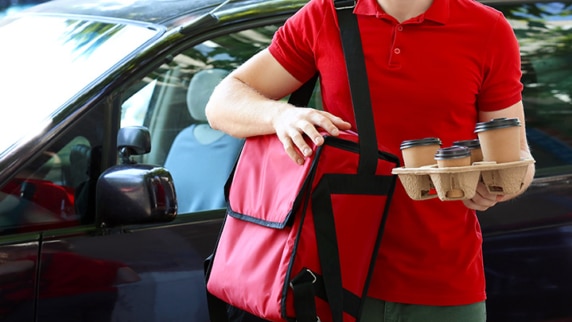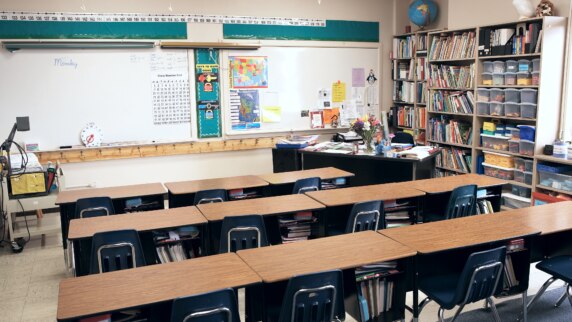
Guidelines for restaurants that use employees to deliver food in personal vehicles
As state and federal guidelines begin to require that restaurant dining areas close for the safety of employees and patrons, establishments and business owners might be inclined to start or expand food delivery service using current employees who drive their own vehicles.
In addition to food safety and proper food handling, guidelines for employees who are now using their vehicles for deliveries should be taken into consideration.
The following are some best practices concerning vehicle operations.
Basic controls
Sometimes a business must act quickly to keep their employees working and take care of their customer base. If you opt to use employees to deliver food, follow these best practices:
- Verify the employee has a valid license by making a visual check of their license.
- Ask to see their insurance card to verify they have liability insurance that has not expired.
- Make a visual inspection of the vehicle for overall condition.
- Have employees check with their personal insurance carrier to verify that for-hire delivery is not excluded on their insurance policy.
The following are stronger controls to help reduce risk to your business.
Selecting employees to perform delivery services
Not all current employees may be qualified to operate a motor vehicle for your business. Confirm employees have the following:
- A valid license to drive a vehicle.
- A driving record that meets criteria outlined in Liberty Mutual’s Model Safety Plan: Motor Fleet Safety, RC 5291.
- A vehicle in safe operating condition that receives routine maintenance.
- That they agree to follow company policies on vehicle use and operation.
Establishing vehicle specifications
Not all personally owned vehicles should be used for business purposes. The following are some vehicle guidelines:
- Should be a passenger-type vehicle, not motorcycle or similar type.
- Vehicles should appear to be in roadworthy condition.
- Should have working lights and wipers.
- Should be clean inside and out to respect your company image.
- Should have a secure storage area for the food being delivered.
Addressing insurance needs
As discussed in the Model Safety Plan: Motor Fleet Safety, the owner’s insurance is almost always the primary insurance. The risk to your business depends on the vehicle’s owner having average liability insurance limits and insurance for business use if needed.
Recommended minimum liability insurance limits are $100,000 per person and $300,000 per occurrence.
Employees using personal vehicles for business should check with their personal insurance carrier to see if they need a business use endorsement based on the amount or type of use. Some personal insurance excludes coverage for for-hire deliveries which is different than business travel. The business auto policy is not likely to cover physical damage to the employee’s vehicle and some personal insurance companies might deny a claim if the business use of the vehicle was not disclosed or is specifically excluded.
Establishing and communicating expectations for vehicle use
When employees use their personal vehicle for business, basic policies should be in place. These policies commonly include the following:
- Drivers must comply with motor vehicle laws.
- Drivers should use seat belts.
- Drivers should not operate a vehicle while distracted or impaired.
- Drivers should not operate a vehicle that is not in good/safe mechanical condition.
Distraction policies
In addition to the above expectations, driver distraction should be addressed. Drivers should not talk or text when operating a vehicle. This includes when stopped at red lights or in traffic because drivers can lose situational awareness. Drivers should also not engage in other distracting activities such as personal grooming, using electronic devices, reading, or watching videos.
Develop crash reporting protocols
- Drivers should be made aware that their personal insurance is primary.
- Drivers should report crashes to their insurance company.
- Drivers should report crashes to company management.
- The company should establish timelines for reporting crashes.
State or local health department guidelines
Inform drivers of state and local regulations related to food safety. Be aware that some states have safe handling practices that should be followed, and some states require training or certification for food delivery drivers.
Additional resources
Model Safety Plan: Motor Fleet Safety, RC 5291 (doc)
Related insights
This website is general in nature, and is provided as a courtesy to you. Information is accurate to the best of Liberty Mutual’s knowledge, but companies and individuals should not rely on it to prevent and mitigate all risks as an explanation of coverage or benefits under an insurance policy. Consult your professional advisor regarding your particular facts and circumstance. By citing external authorities or linking to other websites, Liberty Mutual is not endorsing them.



